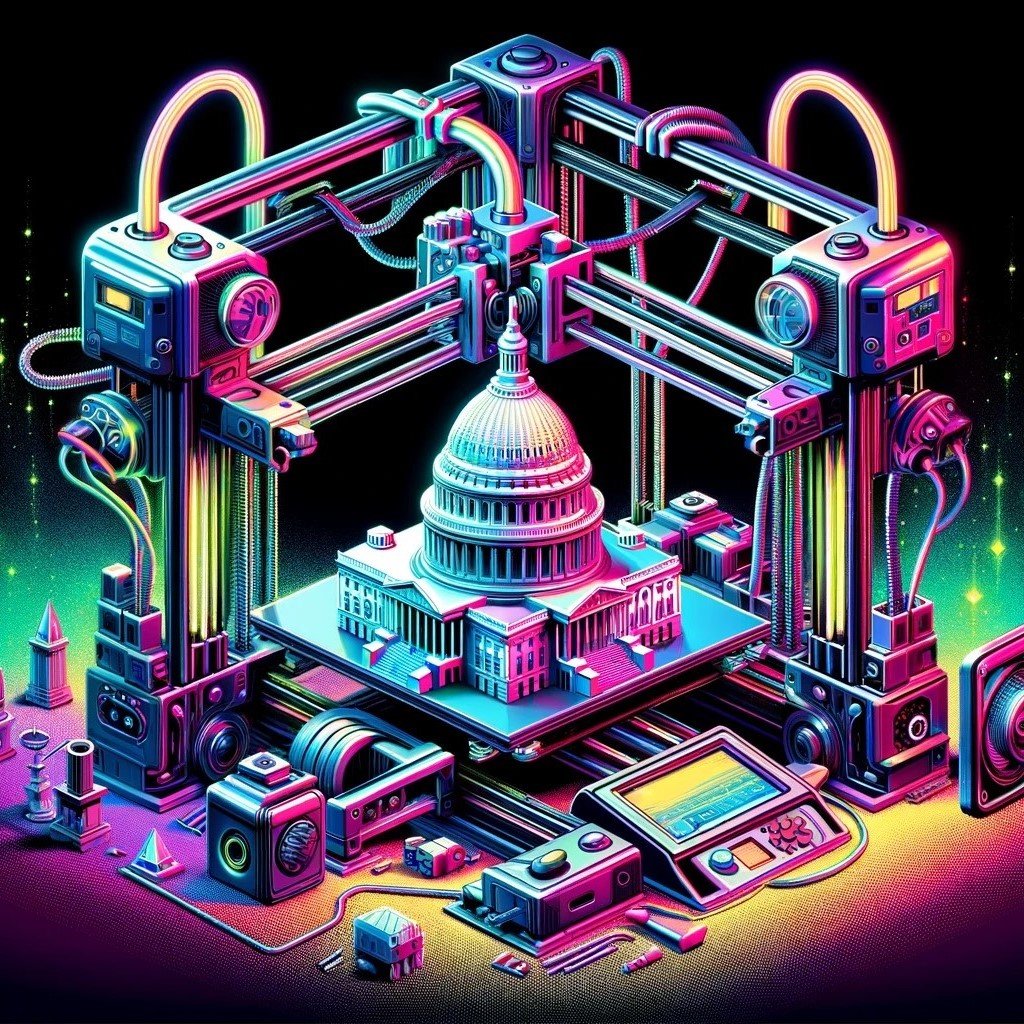Visiting the Capitol has become more inviting.
Why This Matters
Visiting the Capitol and Congressional office buildings is fundamental to constituents’ right to petition their government. Although security screenings are essential to ensure the safety of all who visit the Capitol, protocols can make the experience intimidating and unpredictable, especially for individuals with disabilities or unique needs. Recognizing this challenge, Members asked the US Capitol Police to increase transparency around the security screening process by publishing easily discoverable information about what to expect if you are a constituent visiting the Capitol.
How It Happened
Members recognized that the strict security screening at the Capitol could be challenging to navigate, particularly for individuals with disabilities, large groups, or families with children. In exploring solutions, ModCom made recommendation #115 which called for the US Capitol Police to publish information about what type of screening techniques are used so that individuals can know what to expect. Beginning in the 118th Congress, the recommendation was implemented and today, the Capitol Police posts screening and other visitor information on their website to help visitors prepare for stress-free security screening.
The Impact
Constituents’ ability to visit the halls of Congress and meet with their Representative is a constitutional right. By publicly posting information about what all individuals can expect when accessing the Congressional campus and buildings, the US Capitol Police can better perform its duties and constituents can be better informed and prepared upon their visit.
Next Steps
Knowing what to expect when visiting the Capitol complex makes a substantial difference in the lives of individuals with disabilities, families with young children, and others who may require extra time or assistance in getting through security. In addition to making screening information easily accessible, Members should continue to advocate for the Architect of the Capitol to prioritize the installation of automatic ADA-accessible doors (recommendation #116).
Beyond getting in the doors and through security, navigating the Capitol campus can be a confusing and overwhelming experience, and more can be done to make the buildings visitor-friendly. In exploring potential improvements, ModCom recommended the House explore installation of easier wayfinding signs and technology (recommendation #157), and by championing this recommendation, Members now have the opportunity to make Congress more publicly accessible for all.
Glossary
ADA = Americans with Disabilities Act
AOC = Architect of the Capitol
CHA = Committee on House Administration
CAO = House Chief Administrative Officer
CDTF = Congressional Data Task Force
COLA = Cost-of-Living Adjustment
CPF = Community Project Funding
CR = Continuing Resolution
GAO = Government Accountability Office
GAO STAA = The Government Accountability Office’s Science, Technology Assessment, and Analytics team
GenAI = Generative Artificial Intelligence
HIRO = House Intern Resource Office
HDS = House Digital Service
LIS = Legislative Information Service
LLM = Large Language Model
MIA = Modernization Initiatives Account
ModCom = The House Select Committee on the Modernization of Congress
ModSub = Subcommittee on Modernization (ModSub) within the Committee on House Administration
MOU = Memorandum of Understanding
NMO = New Member Orientation
OCWR = Office of Congressional Workplace Rights

